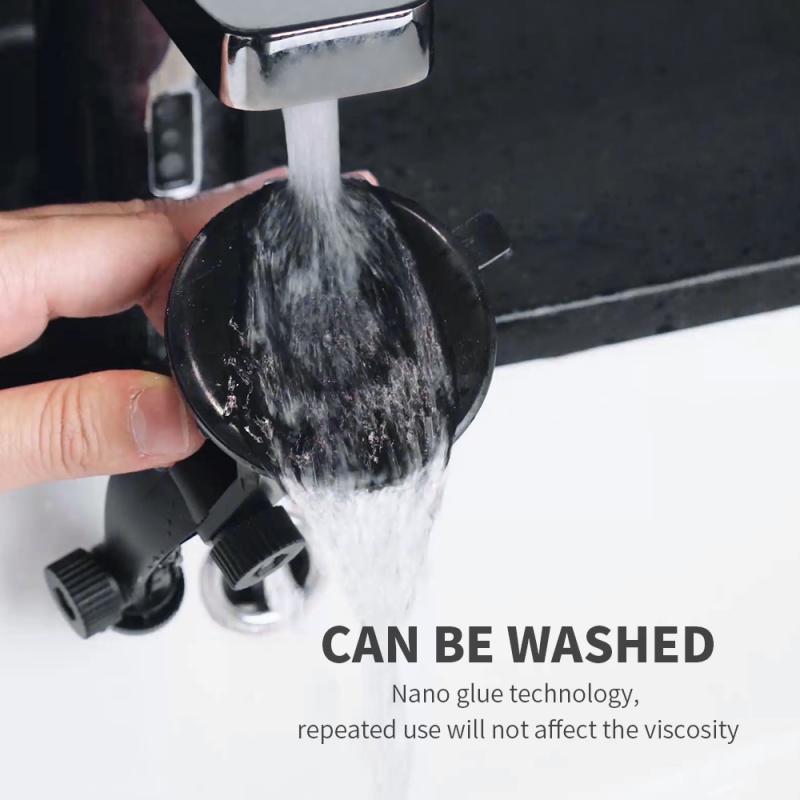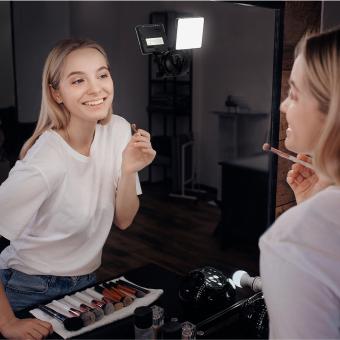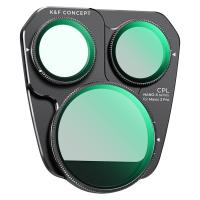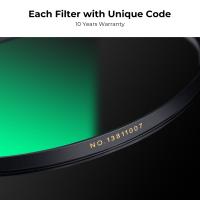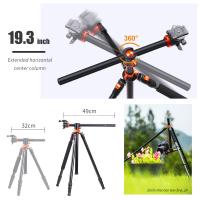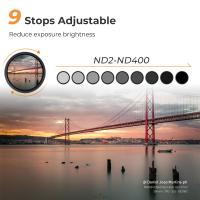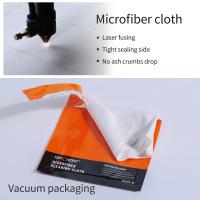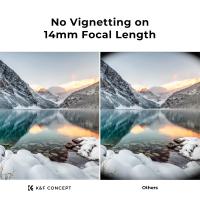What Nd Filter To Use For Video ?
The choice of ND filter for video depends on various factors such as lighting conditions, desired exposure settings, and the specific camera being used. Commonly used ND filters for video include ND2, ND4, ND8, and ND16. These filters reduce the amount of light entering the camera, allowing for wider apertures and slower shutter speeds. The specific ND filter to use will depend on the amount of light reduction required for achieving the desired exposure and creative effect in the video footage. It is recommended to experiment with different ND filters and assess the results to determine the most suitable option for a particular video shooting scenario.
1、 Neutral Density (ND) Filter Basics for Video Shooting
Neutral Density (ND) filters are essential tools for video shooting as they allow filmmakers to have more control over their exposure settings. These filters work by reducing the amount of light that enters the camera lens without affecting the color or contrast of the image. This is particularly useful in situations where the available light is too bright, such as shooting in direct sunlight or capturing long exposure shots.
When it comes to choosing the right ND filter for video, there are a few factors to consider. The first is the strength of the filter, which is measured in stops. Common ND filter strengths range from 1 stop to 10 stops or more. The strength of the filter you choose will depend on the amount of light you need to reduce and the desired effect you want to achieve. For example, a 3-stop ND filter is commonly used for reducing bright sunlight, while a 10-stop ND filter is ideal for creating long exposure shots in daylight.
Another important consideration is the size of the filter. It should match the diameter of your camera lens. Many filters come in a range of sizes, so it's important to check the specifications of your lens before purchasing.
Additionally, the quality of the filter is crucial. Investing in a high-quality ND filter will ensure that it doesn't introduce any unwanted artifacts or color shifts to your footage. Look for filters made from high-quality materials and coated to minimize reflections and flare.
Lastly, it's worth mentioning that variable ND filters have gained popularity in recent years. These filters allow you to adjust the strength of the ND effect by rotating the filter, providing more flexibility in different lighting conditions. However, they can sometimes introduce a slight color cast or loss of sharpness, so it's important to choose a reputable brand.
In conclusion, choosing the right ND filter for video shooting involves considering factors such as the strength, size, and quality of the filter. It's also worth exploring the option of variable ND filters for added flexibility. Ultimately, the choice will depend on the specific shooting conditions and desired creative effect.
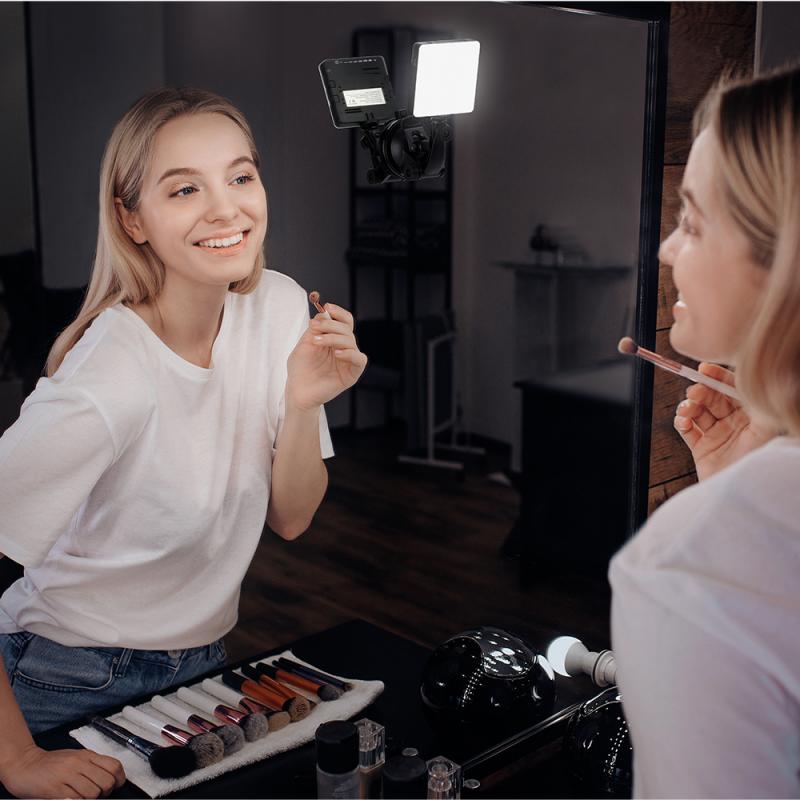
2、 Choosing the Right ND Filter Strength for Video Recording
Choosing the right ND filter strength for video recording is crucial to achieve the desired exposure and creative effects. ND filters, or neutral density filters, are essential tools for controlling the amount of light entering the camera lens without affecting the color or contrast of the image. They are particularly useful in situations where the available light is too bright, such as shooting in broad daylight or capturing long-exposure shots.
The appropriate ND filter strength depends on the lighting conditions and the desired effect. ND filters come in various strengths, typically measured in stops. Common strengths include ND2, ND4, ND8, ND16, and ND32, with each filter reducing the amount of light by a specific number of stops. For example, an ND2 filter reduces the light by one stop, while an ND16 filter reduces it by four stops.
To determine the right ND filter strength, consider the lighting conditions and the desired shutter speed and aperture settings. In bright daylight, a higher ND filter strength like ND16 or ND32 may be necessary to achieve a slower shutter speed or wider aperture for creative effects like motion blur or shallow depth of field. On the other hand, in slightly overcast conditions, a lower ND filter strength like ND4 or ND8 may be sufficient.
It's important to note that the appropriate ND filter strength may vary depending on the camera's ISO sensitivity and the specific scene being captured. Additionally, personal preference and artistic intent also play a role in choosing the right ND filter strength.
As for the latest point of view, advancements in camera technology have led to increased dynamic range and improved low-light performance in many cameras. This has allowed videographers to use lower ND filter strengths in certain situations, as the camera can handle higher levels of light without sacrificing image quality. However, it is still essential to use ND filters to maintain control over exposure and achieve the desired creative effects.
In conclusion, choosing the right ND filter strength for video recording involves considering the lighting conditions, desired exposure settings, and creative intent. Experimentation and practice are key to finding the perfect balance and achieving the desired results.
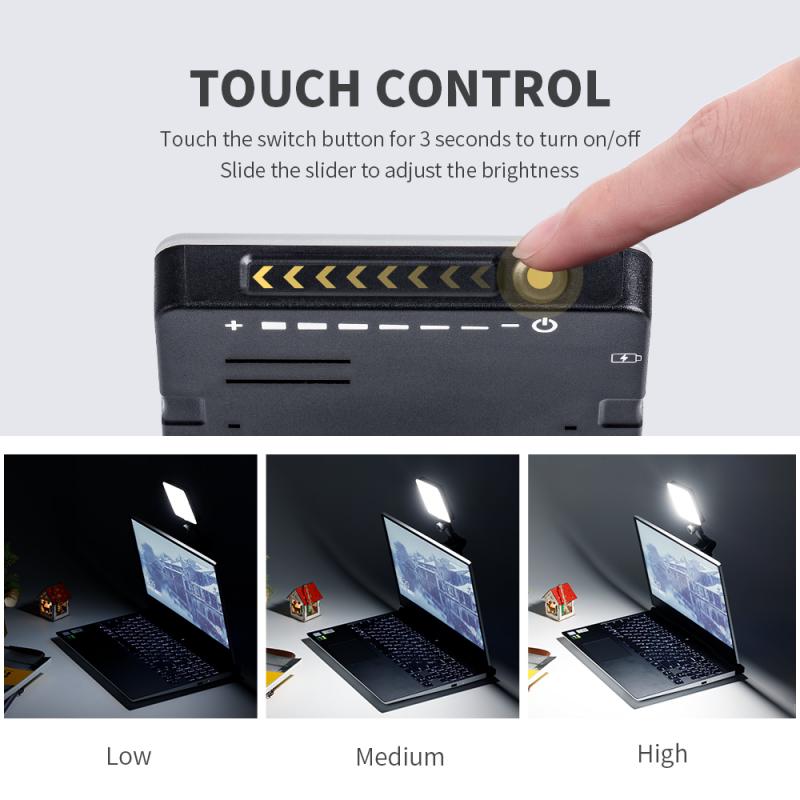
3、 ND Filter Types and Their Effects on Video Footage
ND filters, also known as neutral density filters, are essential tools for videographers to control the amount of light entering the camera lens. They are particularly useful in situations where the lighting conditions are too bright, resulting in overexposed footage. Choosing the right ND filter for video depends on various factors, including the desired effect and the specific shooting conditions.
There are different types of ND filters available, each with its own characteristics and effects on video footage. The most common types include fixed ND filters, variable ND filters, and graduated ND filters.
Fixed ND filters have a specific light reduction factor, such as ND2, ND4, or ND8, which indicates the amount of light they block. These filters are ideal for situations where the lighting conditions remain constant throughout the shoot. Variable ND filters, on the other hand, offer adjustable light reduction, allowing videographers to easily adapt to changing lighting conditions. They are versatile and convenient, but may introduce color shifts or vignetting at extreme settings.
Graduated ND filters are useful when there is a significant difference in brightness between the sky and the foreground. These filters have a gradient, with one half being darker than the other. They help balance the exposure between the bright sky and the darker foreground, resulting in more evenly exposed footage.
The latest point of view on ND filters for video is that they are essential tools for achieving professional-looking footage. They allow videographers to have more control over exposure, depth of field, and motion blur. Additionally, ND filters can enhance the overall cinematic look of the video by creating a shallow depth of field and smooth motion blur.
When choosing an ND filter for video, it is important to consider factors such as the shooting environment, lighting conditions, and desired effect. It is recommended to invest in high-quality filters to ensure minimal color distortion and maximum image quality. Experimenting with different filters and understanding their effects will help videographers achieve the desired look and feel for their video footage.
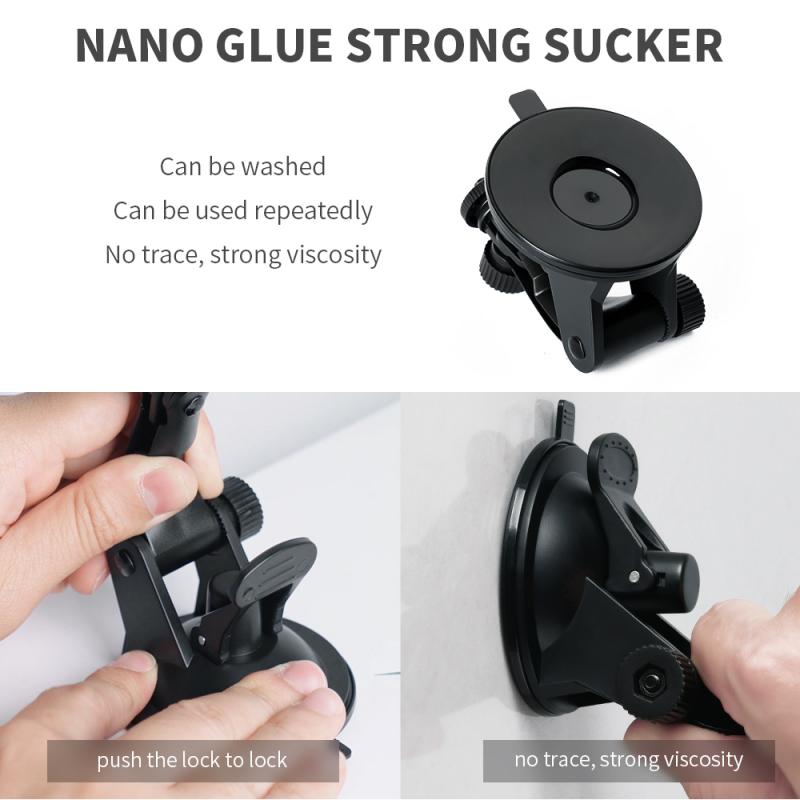
4、 ND Filter Size and Compatibility with Video Cameras
When it comes to choosing the right ND filter for video, there are a few factors to consider. The first is the ND filter size, which should match the diameter of your camera lens. Common sizes include 77mm, 82mm, and 95mm, but it's important to check the specific lens you are using to ensure compatibility. Some lenses may require step-up or step-down rings to fit the filter properly.
Another important consideration is the ND filter's compatibility with video cameras. While most ND filters are designed to work with both photography and videography, it's worth noting that some filters may introduce color shifts or vignetting when used for video. Therefore, it's recommended to choose a high-quality ND filter specifically designed for video to ensure optimal image quality.
In terms of the latest point of view, there have been advancements in ND filter technology that cater specifically to video shooting. For example, some filters now feature variable ND capabilities, allowing you to adjust the strength of the filter by rotating it. This can be particularly useful in situations where lighting conditions change frequently, as it eliminates the need to switch between different ND filter strengths.
Additionally, some ND filters now come with anti-reflective coatings to minimize flare and ghosting, which can be common issues in video shooting. These coatings help maintain the clarity and contrast of the image, resulting in a more professional-looking video.
In conclusion, when choosing an ND filter for video, it's important to consider the filter size and compatibility with your camera lens. Opting for a high-quality filter specifically designed for video can help ensure optimal image quality. Additionally, advancements in ND filter technology, such as variable ND capabilities and anti-reflective coatings, can further enhance the video shooting experience.
